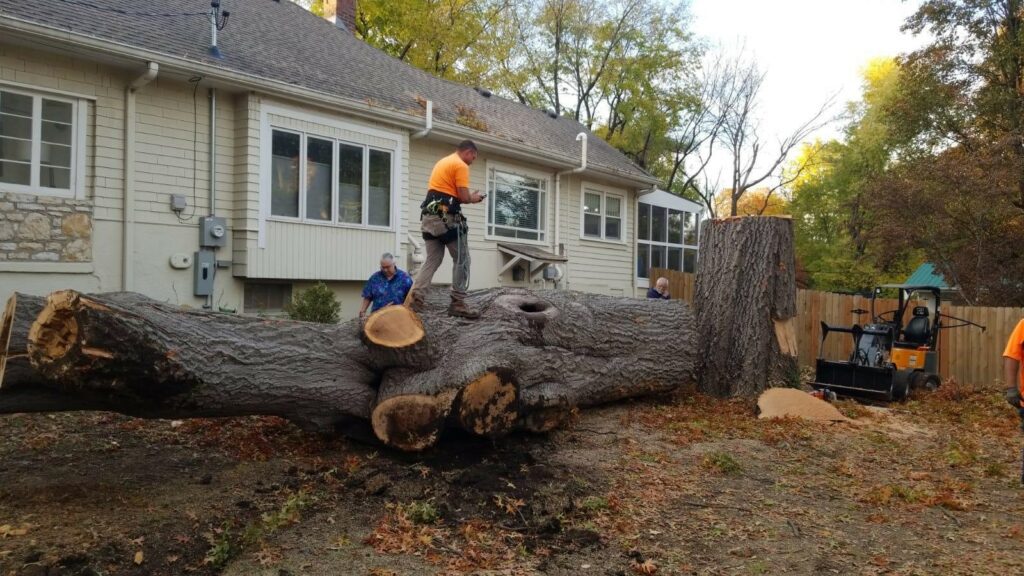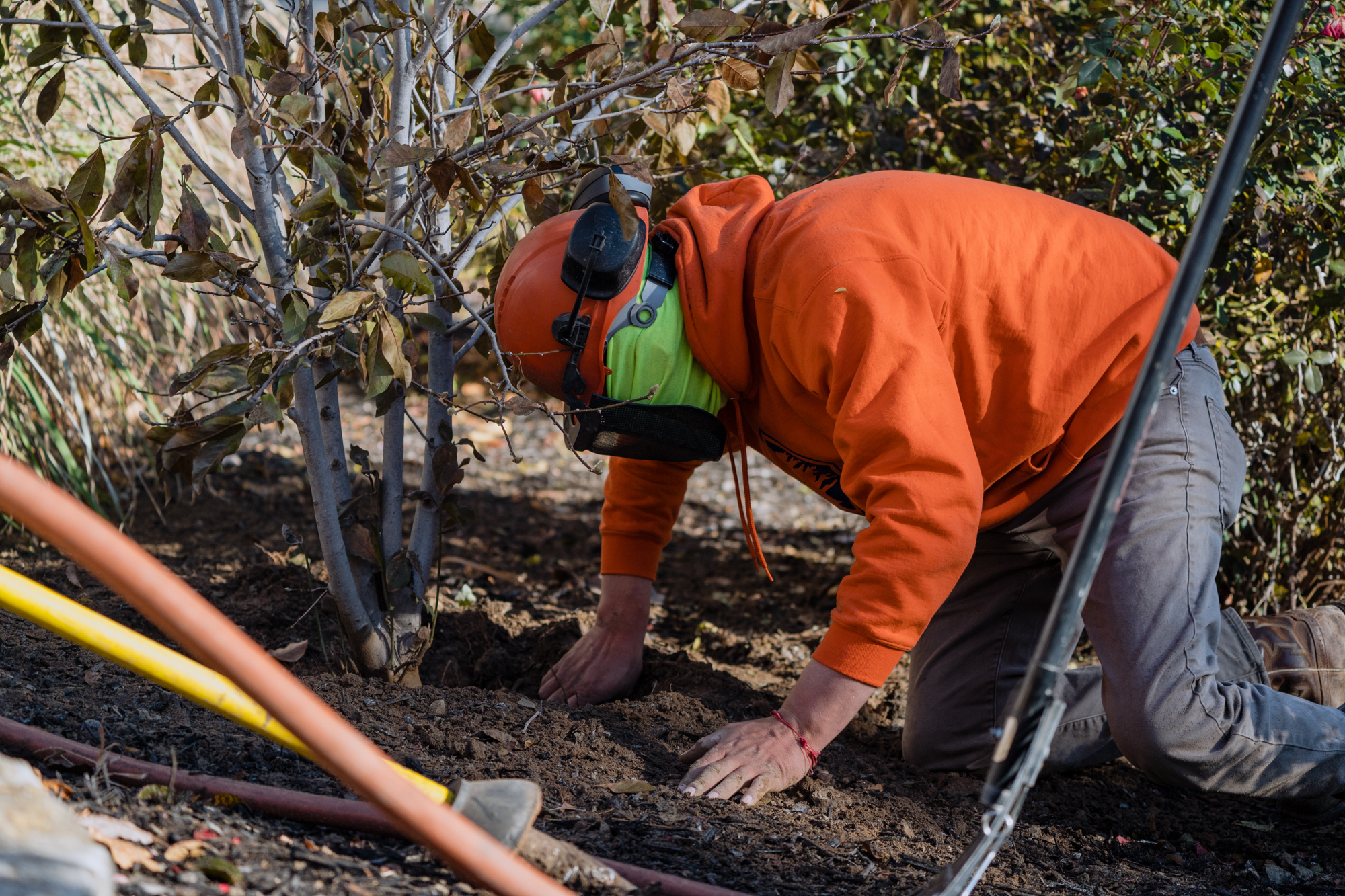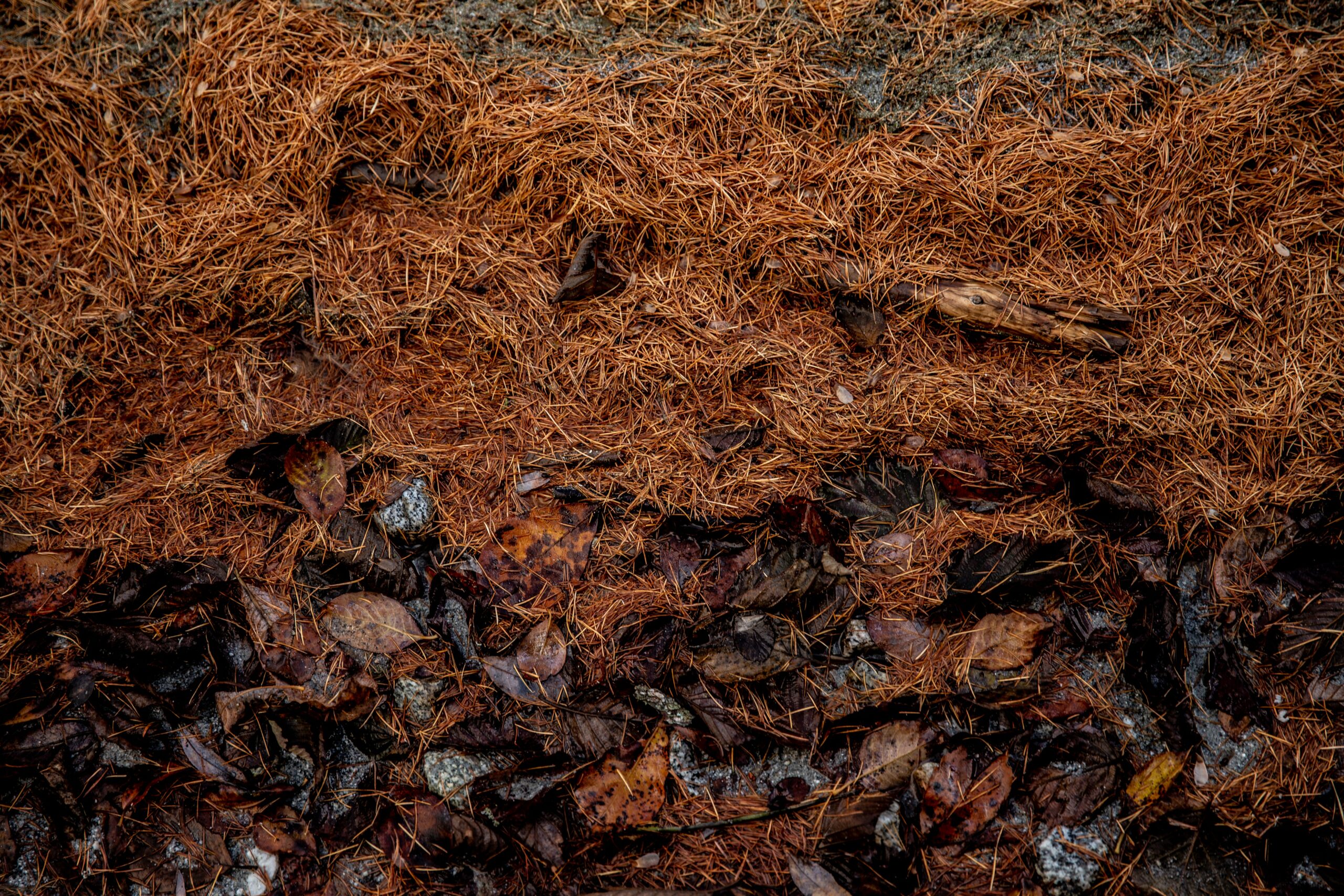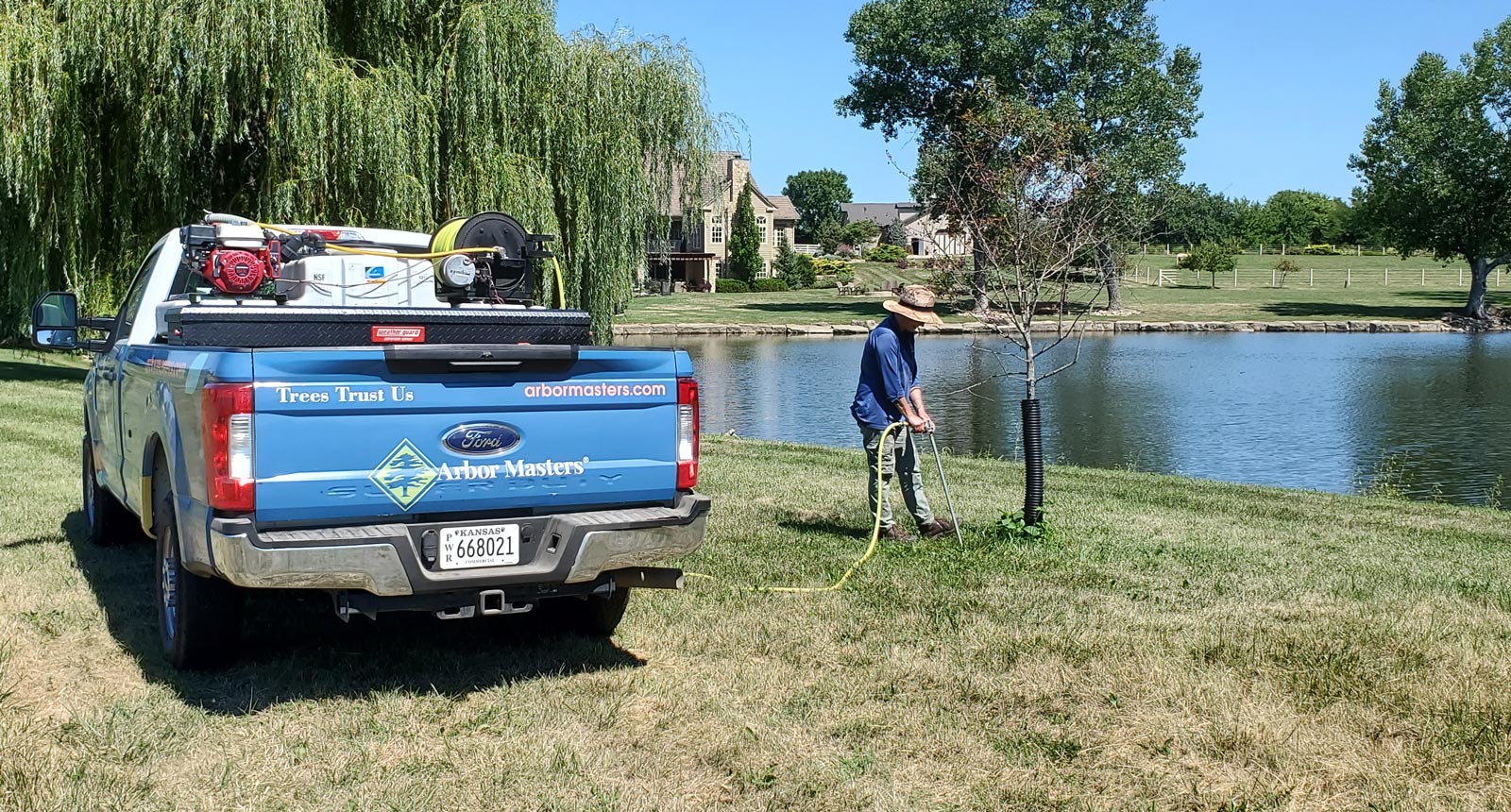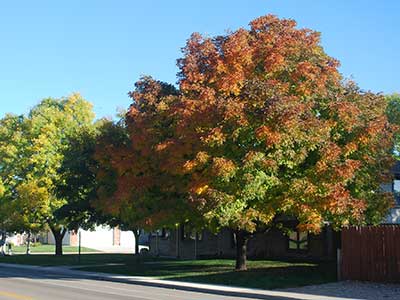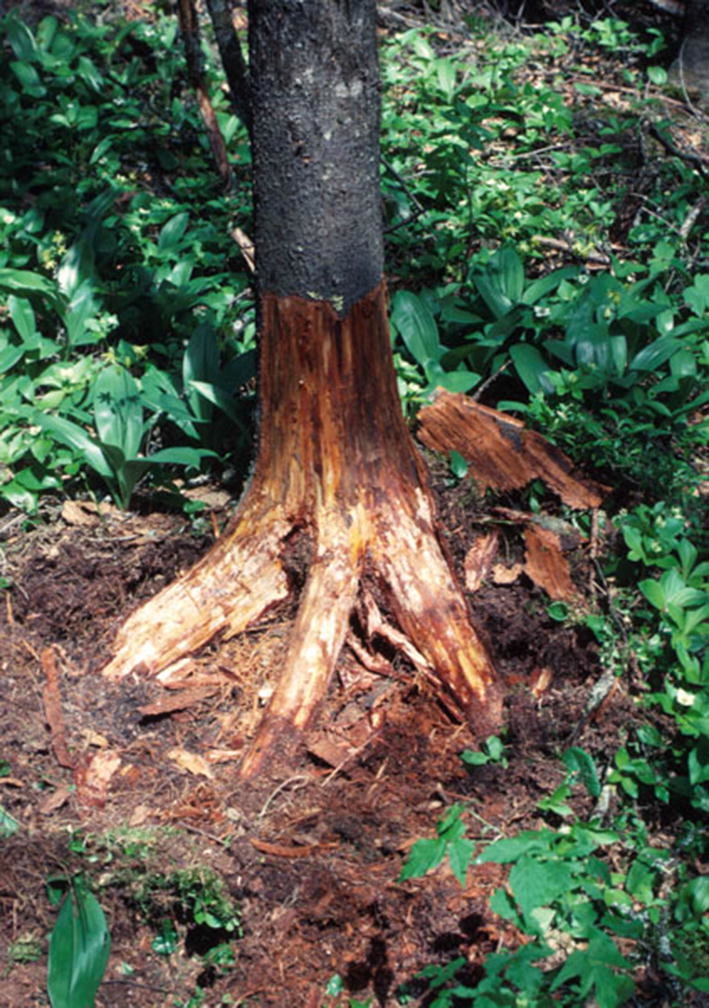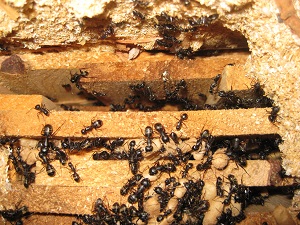 Routine Tree Examination and Servicing
Routine Tree Examination and Servicing
Arbor Masters specializes in providing plant health care across Missouri, Kansas, Iowa, Oklahoma and Texas. During inspection before a routine pruning of a large Pin Oak tree in Prairie Village, Kansas, to promote new growth and overall plant health during the coming spring, our certified arborists noticed significant rotting and deterioration from the inside of the tree. The climber noted the damage, took pictures and video of the nearly 7-foot area and notified the homeowners and Arbor Masters Certified Arborist Lisa McGrew and team.
What We Found
The arborist found a large, a nearly seven-foot rotted out hole in the mid-canopy of the 100-foot tree. The Pin Oak was 61 inches in diameter at breast height and the branches of the tree reached out to a 75-foot lateral spread. After a thorough inspection and evaluation, the team determined the tree to be structurally compromised, leaving removal as the only option.
The damage was extensive, and the tree posed a significant hazard and potential liability to the property and persons should it structurally fall on its own.
– Casey Martineau, Tree Climber, Arbor Masters.
 AM response and services provided
AM response and services provided
- Risk Consultation
- Hazard Mitigation
- Waste Removal
- Stump Treatment
The Arbor Masters team used a bucket truck and spider aerial lift on site to safely remove the tree and clear it from the property. The removal crews notched the trunk to ensure maximum safety while removing the lateral sections of the Pin Oak. Each cut from the tree trunk weighed 250-350 pounds per cut. The removal was completed in just five days. At the request of the homeowner, we treated and kept 10 feet of stump on the property. The homeowner plans to have the stump carved and kept for yard decoration.
Conclusion
If the homeowner had not called the team at Arbor Masters for scheduled maintenance, the 100-foot Pin Oak could have structurally collapsed from the trunk rot and caused significant home and personal damage to both the owner’s home and the neighbor’s home next door.
Our team of arborists are here to provide plant health care services to ensure that your trees and your property are kept safe and healthy.
Want to learn more about Arbor Masters plant health services?

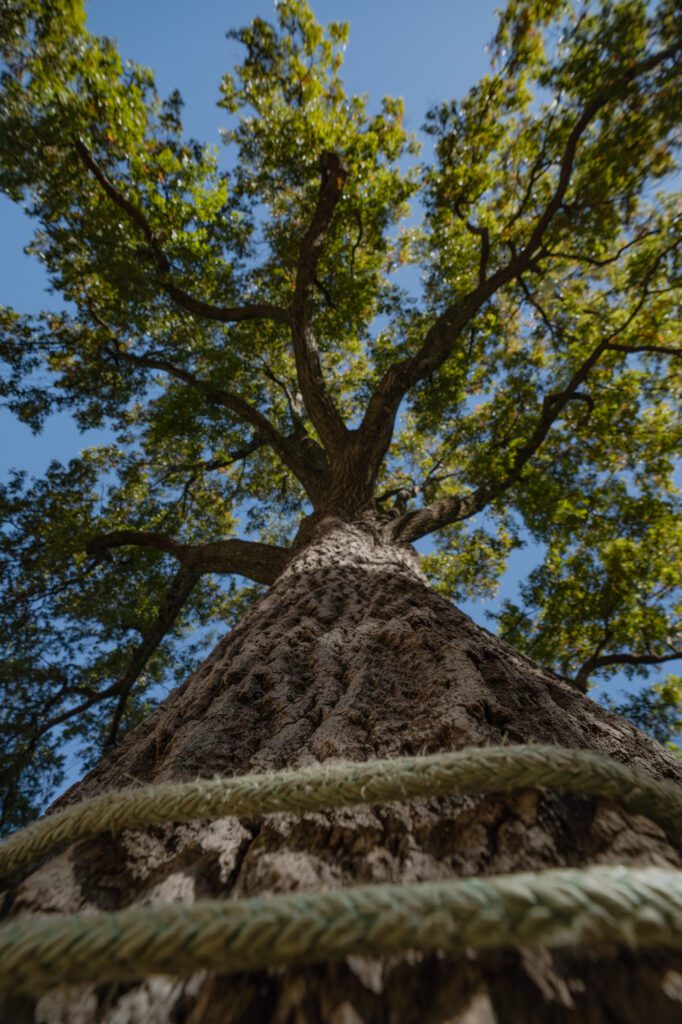 Routine Tree Examination and Servicing
Routine Tree Examination and Servicing
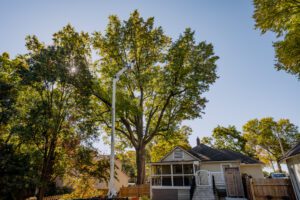

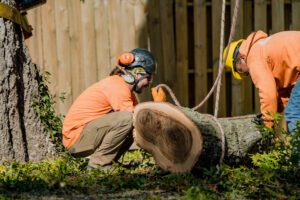
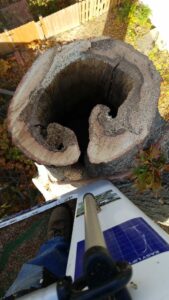 AM response and services provided
AM response and services provided